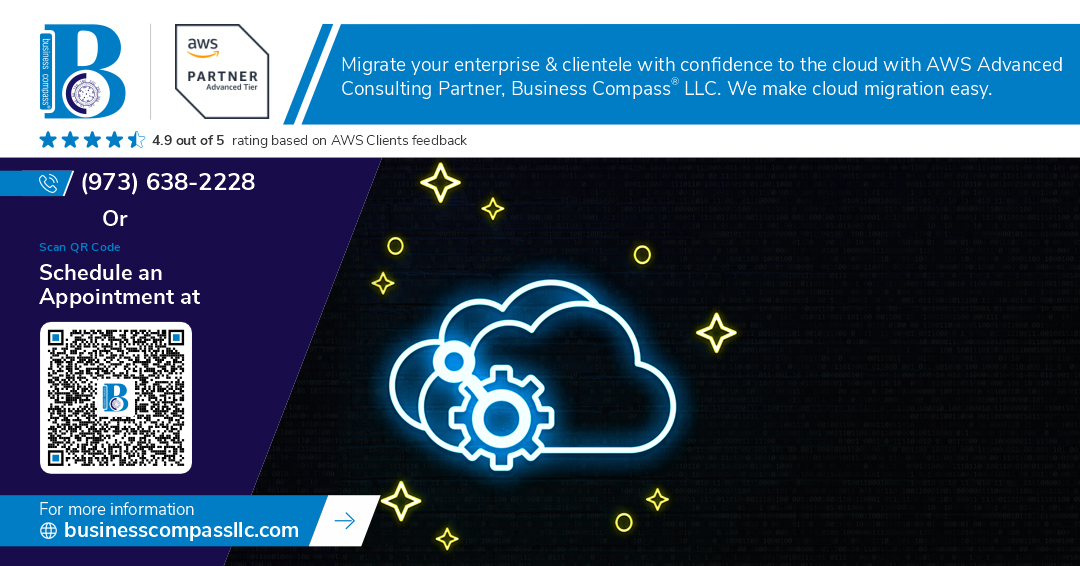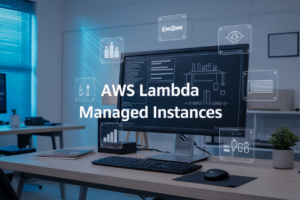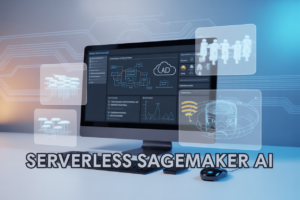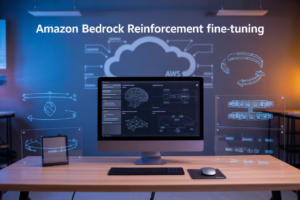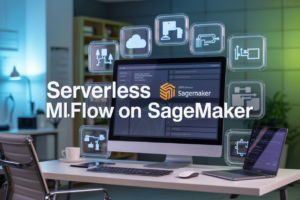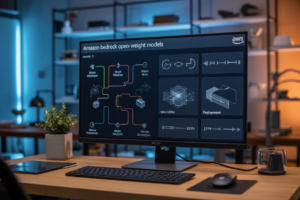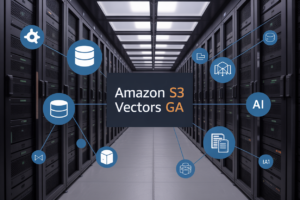Ever stared at your AWS console wondering how your team shares secrets safely across multiple accounts without inviting chaos? I have too. It’s like trying to coordinate a surprise party over loudspeaker – risky business.
Managing secrets across AWS accounts shouldn’t require a PhD in cryptography or invite security nightmares. Yet most teams struggle with this balance daily.
Secure multi-account AWS secret management with SOPS and a central KMS key offers the security-convenience sweet spot many DevOps teams miss. Instead of passing credentials like hot potatoes, you can implement a system where secrets stay encrypted but accessible to exactly who needs them.
But here’s what nobody tells you about centralized KMS approaches – the implementation details make or break your security posture. Get them wrong, and you might as well email your production database password to everyone.
Understanding AWS Secret Management Challenges
Understanding AWS Secret Management Challenges
A. Common security risks in multi-account environments
Managing secrets across multiple AWS accounts is like juggling flaming torches. One slip and you’re in trouble. Organizations struggle with inconsistent access controls, excessive permissions, and secret sprawl. When each team follows different practices, security gaps emerge. Tracking who accessed what becomes nearly impossible, creating blind spots attackers love to exploit.
B. Limitations of native AWS secret handling
AWS Secrets Manager is powerful but falls short in multi-account scenarios. It doesn’t natively support cross-account secret sharing without complex IAM policies. Secret versioning becomes a headache across accounts. The service ties secrets to specific regions, complicating disaster recovery. Plus, you can’t easily track secret changes in version control like you can with infrastructure code.
C. Cost implications of per-account KMS keys
Every KMS key costs $1/month – sounds cheap until you multiply by dozens of accounts and environments. Those costs add up fast! Each key operation also incurs charges, creating unpredictable billing. Many organizations end up with idle keys they’re still paying for. The administrative overhead of managing separate keys across accounts further increases the total cost of ownership.
D. Compliance requirements for centralized secret control
Auditors will have a field day if you can’t show centralized secret governance. Regulations like GDPR and HIPAA demand consistent secret controls and comprehensive audit trails. Without central management, demonstrating compliance becomes nearly impossible. Security teams need visibility across all accounts to enforce rotation policies and detect unauthorized access – something fragmented approaches simply can’t deliver.
Introduction to SOPS (Secrets OPerationS)
Key features and benefits for AWS environments
SOPS isn’t just another secrets tool – it’s a game-changer for AWS users. It encrypts your secrets directly in files while letting different team members access only what they need. The beauty? It works with your existing config files (YAML, JSON, ENV) without forcing you into a new ecosystem. Plus, it plays nicely with Git, making version control of secrets actually possible.
Designing a Central KMS Key Architecture
Designing a Central KMS Key Architecture
A. Benefits of a single KMS key approach
Managing secrets across multiple AWS accounts can quickly become a nightmare. A centralized KMS key architecture slashes complexity by providing a single source of truth. You’ll spend less time juggling different encryption setups and more time actually building secure infrastructure. Plus, when rotation time comes, you’ll only need to update one key instead of dozens.
Implementation Steps for Multi-Account Secret Management
Implementation Steps for Multi-Account Secret Management
A. Setting up the central KMS key
Creating a solid secret management system across AWS accounts isn’t rocket science. First, head to your designated security account and create a KMS key. This key becomes your encryption headquarters – the single source of truth for all your secrets across environments. Name it something obvious like “sops-master-key” so everyone knows what it’s for.
B. Configuring cross-account access
Now for the magic that makes cross-account work: IAM policies. You’ll need to modify your KMS key policy to allow specific roles from other accounts to use it. The beauty here? Those dev accounts can encrypt/decrypt secrets without ever having direct key access. Just add statements for each account that looks like:
{
"Sid": "Allow use of the key from Production account",
"Effect": "Allow",
"Principal": {
"AWS": "arn:aws:iam::123456789012:role/SOPSRole"
},
"Action": [
"kms:Encrypt",
"kms:Decrypt",
"kms:ReEncrypt*",
"kms:GenerateDataKey*",
"kms:DescribeKey"
],
"Resource": "*"
}
C. SOPS installation and configuration
Getting SOPS up and running is a breeze. Install it with your favorite package manager:
# Homebrew (macOS)
brew install sops
# On Linux via Go
go install github.com/mozilla/sops/v3/cmd/sops@latest
Next, create a .sops.yaml config file in your project root:
creation_rules:
- kms: 'arn:aws:kms:us-west-2:123456789012:key/your-key-id'
path_regex: .*\.enc\.yaml$
This tells SOPS which KMS key to use and which files to encrypt.
D. Creating your first encrypted secrets
Time to put your setup to work! Create a YAML file with your secrets:
# Create a file with sensitive data
cat > secrets.yaml << EOF
database:
username: admin
password: super-secret-password
api_keys:
stripe: sk_test_123456789
EOF
# Encrypt it with SOPS
sops --encrypt --in-place secrets.yaml
The encrypted file remains YAML but with values scrambled. Your team can now commit these files safely to version control, and only those with proper AWS access can decrypt.
Best Practices for Secret Rotation and Access
Best Practices for Secret Rotation and Access
A. Automating secret rotation workflows
Don’t let manual secret rotation become your security nightmare. Set up AWS Lambda functions triggered by EventBridge schedules to automatically rotate your SOPS-encrypted secrets. This prevents stale credentials while maintaining your cross-account encryption setup with minimal human intervention.
B. Emergency access procedures
When things go sideways, you need instant access to your secrets. Create break-glass procedures with temporary elevated permissions that bypass normal workflows. Document these steps clearly, require multi-person authorization, and automatically alert security teams whenever emergency access is granted.
C. Monitoring and alerting setup
You can’t protect what you don’t watch. Configure CloudTrail to track all KMS key usage across accounts, and set up CloudWatch alarms for suspicious access patterns. Send real-time notifications to your security team when secrets are decrypted outside expected timeframes or from unusual locations.
D. Developer-friendly access patterns
Developers hate security roadblocks. Integrate SOPS directly into your CI/CD pipelines with limited-scope IAM roles. Provide simple CLI tools that handle the encryption/decryption complexity while maintaining strict access controls. Happy devs mean fewer security workarounds.
Real-World Use Cases and Patterns
Real-World Use Cases and Patterns
A. Infrastructure as Code integration
Ever tried managing secrets in Terraform? SOPS shines here. Store encrypted variables right alongside your code, commit them safely to Git, and let your CI/CD pipeline decrypt them only when needed. No more separate secret stores or manual copy-pasting sensitive values between environments.
Managing AWS Secrets Across Multiple Accounts
Effectively managing secrets across multiple AWS accounts is crucial for maintaining robust security while enabling operational efficiency. SOPS provides a powerful solution for encrypting configuration files with AWS KMS, allowing teams to centralize key management while maintaining the principle of least privilege. By implementing a central KMS key architecture and following structured implementation steps, organizations can achieve consistent secret management that scales with their cloud infrastructure.
Remember that security is an ongoing process. Regularly rotate your secrets, audit access patterns, and review your key management policies. Whether you’re managing infrastructure configurations, application credentials, or sensitive environment variables, this SOPS-based approach ensures your secrets remain protected while still being accessible to the services and teams that need them. Start implementing this pattern today to strengthen your organization’s security posture and streamline operations across your AWS environment.










